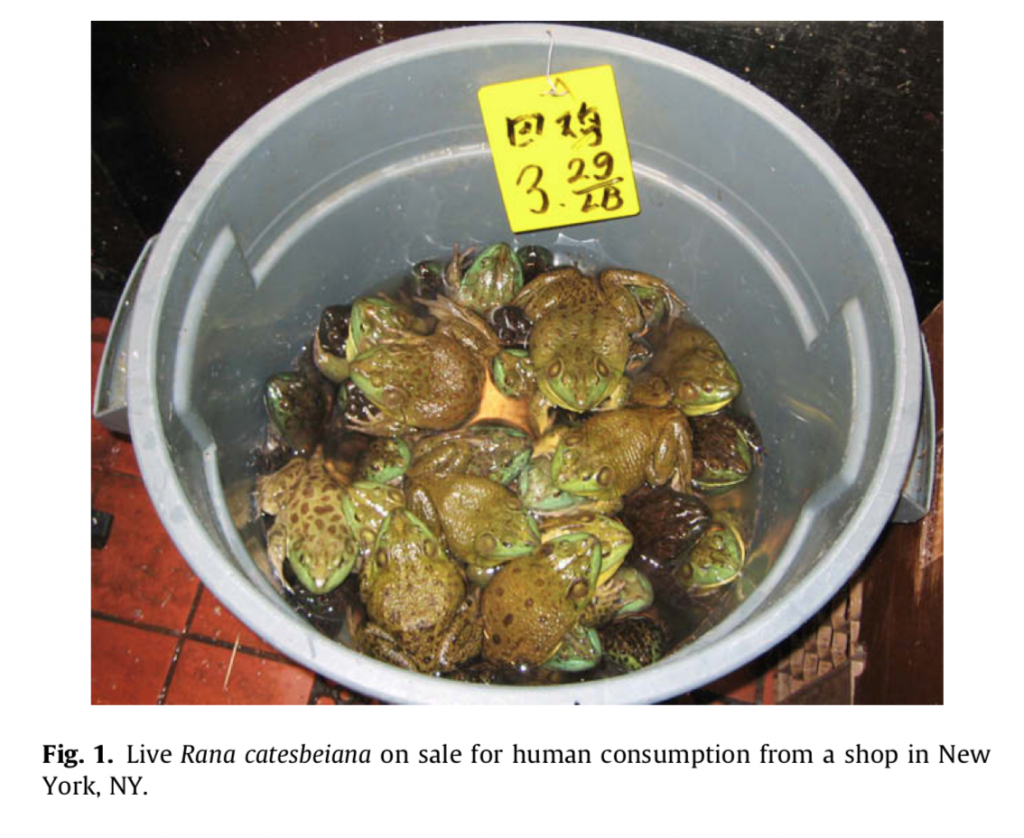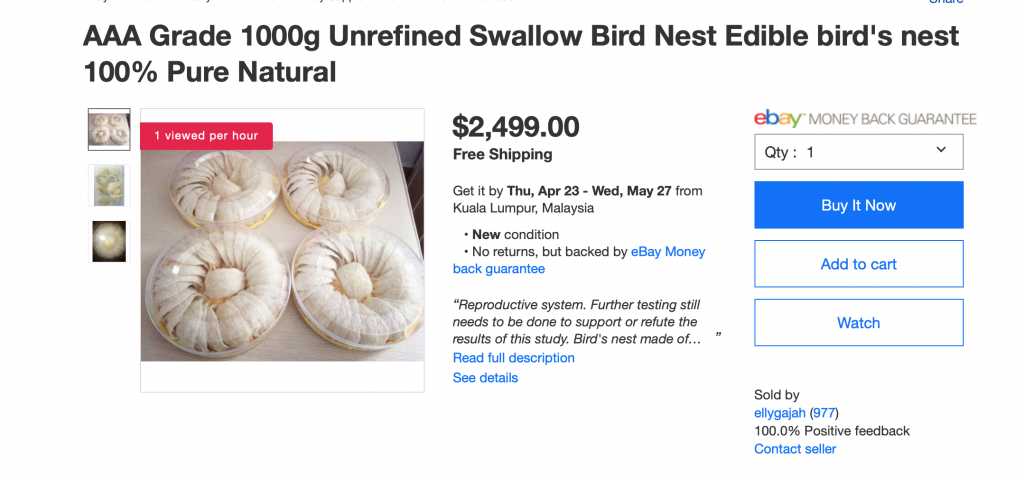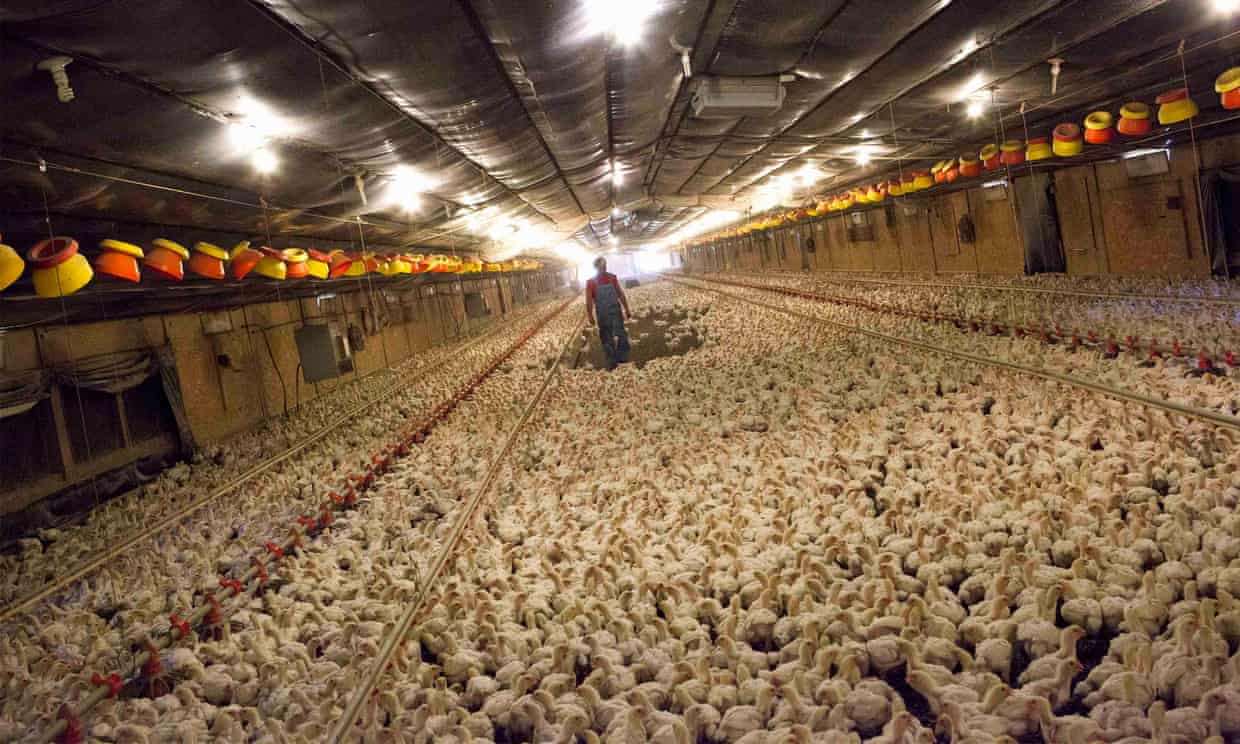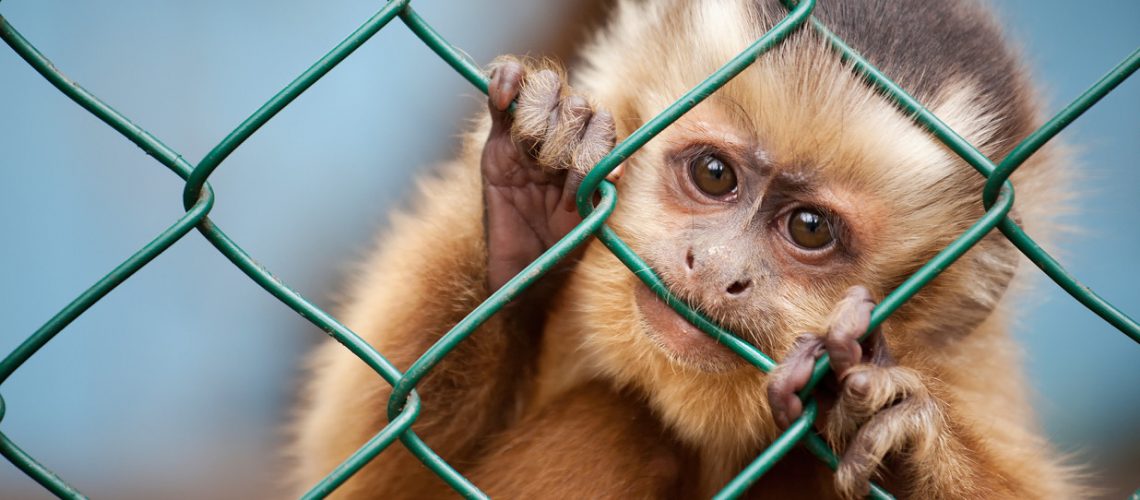Guest Post By Jenna Parker, 2019-2020 Sustainability Leadership Fellow and
Ph.D. Candidate in the Department of Fish, Wildlife, and Conservation Biology
and the Graduate Degree Program in Ecology
I am a conservation biologist who studies African elephant ecology. My work focuses on assessing the impacts of ivory poaching for orphan elephants. Therefore, it is directly related to the wildlife trade, which is something on many of our minds given the coronavirus outbreak. My advisor, Dr. George Wittemyer, recently wrote an excellent article in The Conversation about the connection between the coronavirus and wildlife trade.
The coronavirus likely originated in China as a result of wildlife trade. China is a huge player in the trade. However, a fact receiving less attention is that the US is one of the top global consumers of illegally and legally traded wildlife and wildlife products alongside China and the European Union. Not only that, but the US’s wildlife importation is increasing, having doubled between the years 2000 and 2014. Although US authorities seize some products that are illegal to trade like elephant ivory, baby harp seal pelts, peacock feathers and sea turtle leather, a whopping 99% of wildlife and wildlife products imported into the US are legally declared. Of those legally declared specimens, almost one third contain live animals from across the globe. These live, stressed animals are often shipped together in close quarters, combining species that do not coexist in the wild, a recipe for amplifying existing pathogens and creating new ones. Most of the live animals are reptiles, amphibians, rodents, birds, and aquatic species like fishes and corals for the exotic pet trade. Others include kinkajous, raccoons and marmosets, plus monkeys and bats frequently imported for biomedical research.
Authorities must rely on the word of traders as to the origin of their specimens, because there is no easy way to determine whether animals in shipments were wild-caught or captive-bred (about 20% of wildlife imports are declared as captive-bred). Catching wild animals is often easier and less expensive than breeding them, so there are reasons for traders to lie. Disease reservoirs are also not confined to live animals. For example, anthrax has been passed from imported goat hides to humans in the US. Add to this the fact that Americans eat traded wildlife and wildlife products, importing turtles, freshwater fish, bullfrogs and edible-nest swiftlet nests for consumption, and you are left with ample opportunity for the US to be ground zero in a global pandemic.


Just as concerning as the wildlife trade are animal husbandry practices. Factory farms around the world, including in the United States, create perfect conditions for zoonotic disease outbreaks. Animals are bred with maximum meat production in mind, as opposed to maximum health. They are then kept in close contact under unsanitary conditions, where stress weakens their immune systems. We ingest these animals, which seems more than a little risky.

What widespread diseases could originate in our own backyard? Could a zoonotic disease as bad as COVID-19 originate in the United States? Well, the “Spanish” flu of 1918 may have originated in Kansas. Avian and swine flus are known to exist on American poultry and pig farms. And, concerningly, wild animals imported into the US for commercial use and biomedical research include species that are known hosts of a myriad of viruses that have previously been transferred from animals to humans including ebola viruses, SARS, rabies, yellow fever, monkeypox, nipah, hantavirus and Crimean-Congo hemorrhagic fever virus, as well as bacteria causing diseases such as anthrax, tuberculosis, Weil’s disease, brucellosis, tulameria, Q fever and plague. Despite the long list, which notably includes only zoonotic pathogens we have already discovered, relatively little disease testing is done on wildlife imported into the US.
Pandemics are a global problem, most often resulting from a broken relationship with other species and nature, one of exploitation without thought to consequences. They cannot be blamed on any single country. China is not off the hook because its wildlife trade is extensive. But conditions in the US could easily lead to future disease outbreaks. Our own country should remove the plank from its eye and enact policies that mitigate the risk of a pandemic. The safest bet would be a ban on all wildlife trade. The US could also create strict limits for the number of animals that can be confined together on farms, increase inspection of farms for unsanitary conditions, extensively educate people likely to come into contact with zoonotic diseases on proper hygiene practices in addition to providing them with effective PPE, and expand research on zoonotic pathogens.
What can you do right now as a consumer and a citizen? You can be careful about the origins of what you consume. You can also sign this petition asking the US government to ban all wildlife trade.






